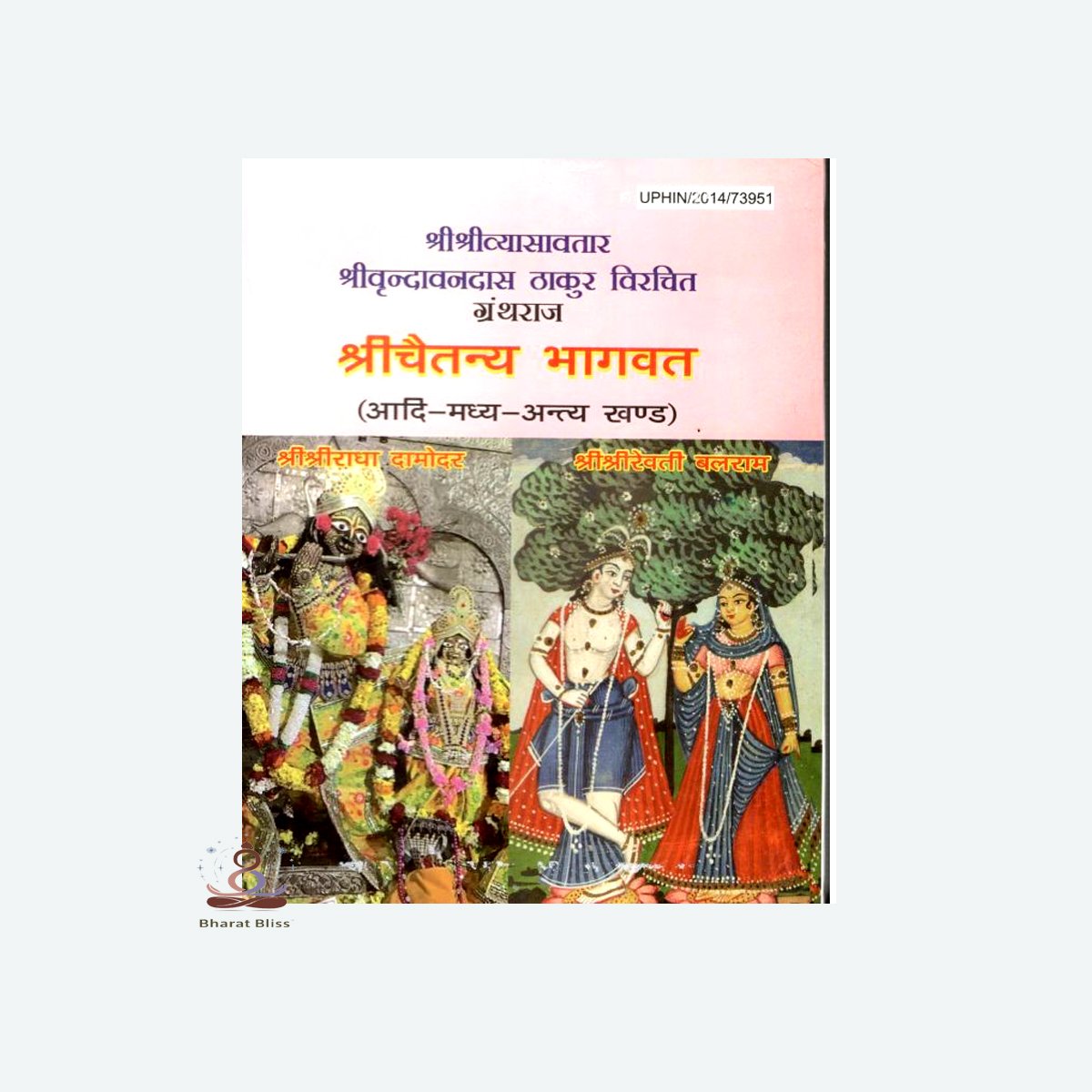Description
Kena Upanishad
Introduction:
The Kena Upanishad is a significant Upanishad belonging to the Sama Veda, specifically the Tālavakāra Brāhmaṇa. The name “Kena” comes from the Sanskrit word “केन” (Kena), meaning “By whom?” This Upanishad primarily explores the nature of Brahman (the ultimate reality) and the relationship between the Self (Ātman) and the supreme consciousness.
Main Themes:
-
The Source of All Power:
The Upanishad begins with the profound question:
“Kena iṣitaṁ patati preṣitaṁ manaḥ?”
(“By whom is the mind directed? By whose will do the senses function?”)
The answer given is that there is a supreme power beyond the senses and intellect, which is the true cause of all perception and action—this is Brahman. -
The Distinction Between Knowledge and Ignorance:
The Upanishad states that anyone who believes they fully know Brahman has actually not known it. Brahman is beyond sensory perception and intellectual comprehension; it can only be realized through deep spiritual insight. -
The Parable of the Gods and Brahman:
A famous allegorical story in the Kena Upanishad describes how the gods (Agni, Vayu, and Indra) became arrogant about their powers. To humble them, Brahman appeared in the form of a mysterious spirit (Yakṣa). When Agni and Vayu failed to understand its nature, Indra approached with humility, and only then did the supreme truth reveal itself. -
The Ultimate Message:
Unlike other Upanishads that contain direct mahāvākyas (great sayings) like Tat Tvam Asi (“You are That”), the Kena Upanishad emphasizes that Brahman is beyond all intellectual definitions. It can only be experienced through meditation and self-inquiry.
Conclusion:
The Kena Upanishad teaches that true knowledge is the realization of Brahman beyond sensory perception and ego. It emphasizes the importance of humility, self-reflection, and inner experience in attaining spiritual wisdom
परिचय:
केनोपनिषद् (केन उपनिषद) सामवेद के तालवकार ब्राह्मण का एक भाग है और यह उपनिषद् वेदांत दर्शन का एक महत्वपूर्ण ग्रंथ है। इसका नाम “केन” शब्द से लिया गया है, जिसका अर्थ “किसके द्वारा” है। यह उपनिषद् मुख्य रूप से ब्रह्म (परम सत्य) और आत्मा के स्वरूप पर चर्चा करता है।
मुख्य विषयवस्तु:
-
ब्रह्म की सत्ता: केनोपनिषद् का पहला प्रश्न ही यह है— “केन इषितं पतति प्रेषितं मनः?” अर्थात, मन किसके द्वारा प्रेरित होकर कार्य करता है? इसके उत्तर में कहा गया है कि सभी इंद्रियों (नेत्र, कान, वाणी आदि) से परे जो शक्ति है, वही ब्रह्म है।
-
ज्ञान और अज्ञान का भेद: इसमें कहा गया है कि जो व्यक्ति यह सोचता है कि उसने ब्रह्म को जान लिया है, वास्तव में उसने नहीं जाना, क्योंकि ब्रह्म इंद्रियों और बुद्धि से परे है।
-
ब्रह्म और देवताओं की कथा: एक प्रसिद्ध कथा के अनुसार, एक बार अग्नि, वायु और इंद्र को अपनी शक्ति पर अहंकार हो गया। तब ब्रह्म ने एक अदृश्य यक्ष के रूप में प्रकट होकर उन्हें उनकी सीमाओं का अहसास कराया। अंततः इंद्र को ही ब्रह्म का साक्षात्कार हुआ।
-
उपनिषद् का अंतिम संदेश: इस उपनिषद् में “तत् त्वं असि” (तू वही है) जैसे महावाक्य नहीं हैं, बल्कि यह बताता है कि ब्रह्म इंद्रियों और बुद्धि से परे अनुभव करने की चीज़ है। इसे केवल ध्यान और आत्मानुभूति द्वारा जाना जा सकता है।
निष्कर्ष:
केनोपनिषद् हमें यह सिखाता है कि सच्चा ज्ञान वही है जो हमें आत्मा और ब्रह्म के वास्तविक स्वरूप को समझने में सहायता करे। अहंकार का त्याग कर, ध्यान और आत्मचिंतन के द्वारा ही इसे प्राप्त किया जा सकता है।
Only logged in customers who have purchased this product may leave a review.













Reviews
There are no reviews yet.